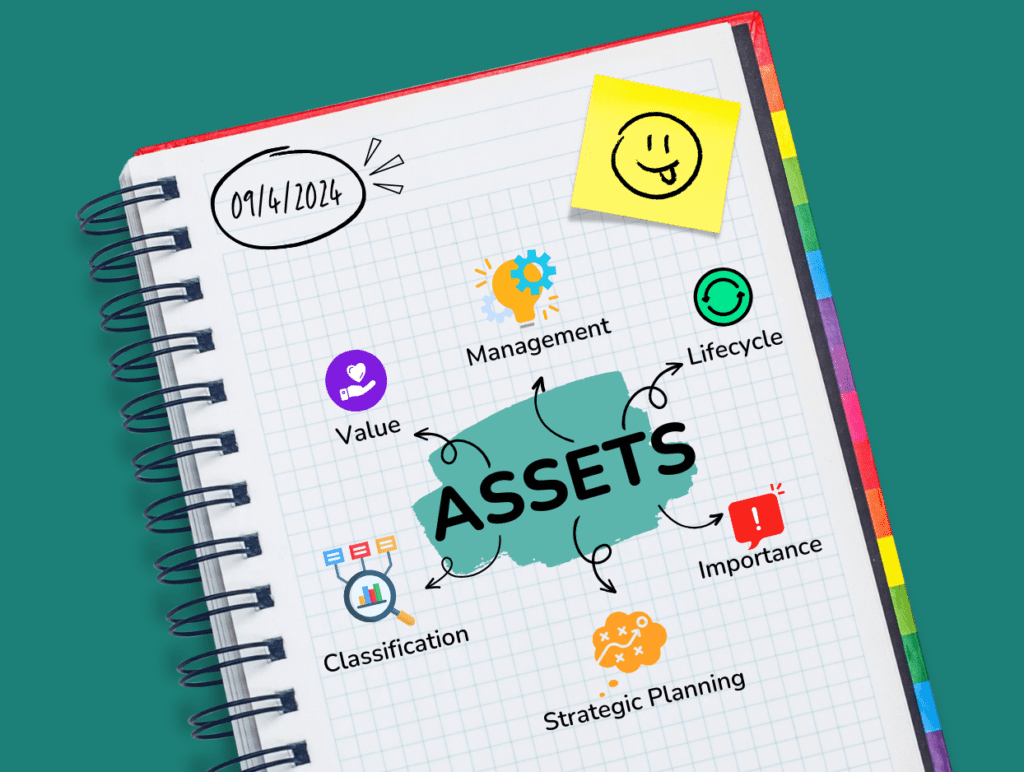Assets are the backbone of any organization or individual’s financial stability. At first glance, they might appear as mere items of value—be it a property, piece of machinery, or a patent. However, this perception only scratches the surface of their true significance. What we often overlook is that assets are much more than physical objects or intangible rights; they encompass a wide array of resources that can profoundly impact financial health and operational efficiency.
In this article, we will demystify the concept of assets by exploring beyond the basics. We will delve into nuances often disregarded and even provide some tips you should know to establish a clearer picture of how assets can be managed effectively. Prepare to see assets in a new light, as we peel back the layers to reveal the true depth of their importance.
What You Know About Assets
At their core, assets are resources owned by an individual or organization that hold economic value and can either be converted into cash or provide future benefits. These can be broadly categorized into two types:
- Tangible Assets: These are physical items that you can touch and see. Examples include:
- Real Estate: Properties like office buildings, warehouses, and residential homes.
- Machinery and Equipment: Tools and machines used in production or operations.
- Vehicles: Cars, trucks, and other transportation assets.
- Inventory: Goods and materials held for sale or production.
- Intangible Assets: These assets do not have a physical presence but hold significant value. Examples include:
- Intellectual Property: Patents, trademarks, copyrights, and trade secrets.
- Customer Relationships: Long-term relationships with customers, including contracts, loyalty programs, and client lists.
- Marketing and Advertising Assets: Promotional materials, marketing strategies, and advertising campaigns that enhance brand visibility and market position.
- Software and Digital Assets: Proprietary software, databases, and digital content.
These are just some examples of the kinds of assets you might encounter. In reality, assets cover a wide range of resources, each with its own unique characteristics and value. From physical goods to abstract rights and future benefits, the concept of assets is broad and varied, reflecting the diverse ways in which value can be created and managed.
What You Don’t Know About Assets
While the basics of assets are understood, many overlook the finer details and nuances:
- Asset Classification:
- Current Assets: These are assets expected to be converted into cash or used up within a year, such as cash, inventory, and accounts receivable. They are crucial for short-term financial planning and liquidity.
- Long-Term Assets: These include property, machinery, and equipment that provide value over several years. Proper classification helps in long-term financial strategies and accurate reporting on balance sheets.
- Depreciation:
- Value: Depreciation spreads the cost of a tangible asset over its useful life due to wear and tear or obsolescence. Understanding depreciation affects how assets are valued on financial statements and impacts tax deductions.
- Asset Management: Cost Optimization: Effective management helps minimize costs by preventing overuse, scheduling maintenance to avoid breakdowns, and making informed decisions about asset replacement or upgrades.
What You Should Know About Assets
To leverage assets effectively, consider these key aspects:
- Asset Valuation: Ensuring that assets are valued correctly is crucial for financial statements, reflecting their true worth and potential returns. This involves regular assessments and adjustments based on market conditions and asset performance.
- Risk Management: Understanding and identifying risks associated with assets—such as market fluctuations, technological obsolescence, and physical deterioration—helps in developing strategies to mitigate potential losses and safeguard value.
- Strategic Planning: Effective asset management should align with organizational goals, ensuring that resources are utilized efficiently to support growth, improve operations, and achieve long-term sustainability.
- Asset Tracking Management: Implementing an asset tracking management system allows for real-time visibility of asset locations, conditions, and statuses. This helps in maintaining accurate records, preventing loss or theft, and optimizing asset usage.
The Importance of Tracket in Streamlining Asset Management
Implementing a robust asset-tracking management system like Tracket offers several advantages:
- Real-Time Visibility – Gain real-time insights into the location and status of assets, helping to minimize risks of loss, theft, or misplacement.
- Optimized Maintenance – Automatically schedule and track maintenance activities to extend the lifespan of assets, reduce unexpected downtime, and maintain optimal performance.
- Compliance and Reporting – Maintain detailed and accurate records to ensure compliance with industry regulations and financial reporting requirements, facilitating audits and financial transparency.
- Cost Efficiency – Analyze asset usage to identify and address underutilized assets, streamline procurement and disposal processes, and reduce overall costs.
- Enhanced Decision-Making – Utilize data analytics to gain actionable insights into asset performance, utilization, and value, supporting informed decision-making for strategic investments and operational improvements.
- Lifecycle Management – Monitor each asset’s entire lifecycle—from acquisition and deployment to maintenance and eventual disposal. Effective lifecycle management ensures that assets are used efficiently, replaced at the right time, and managed to maximize their value throughout their operational life.
Ultimately, knowing the intricacies of assets—how they are categorized, valued, and managed—is essential for both individual and organizational prosperity. Gaining a clear and comprehensive view of assets helps in making informed decisions, optimizing resource use, and managing risks effectively.
Implementing a dedicated asset-tracking management system like Tracket not only streamlines operations but also enhances the accuracy of asset information, safeguards valuable resources, and ensures sustainable growth and profitability.
Unlock the full potential of your assets today! Get started with a free demo to see how Tracket’s asset-tracking management system can transform your financial stability and operational efficiency. Click here to learn more and schedule your personalized walkthrough!

